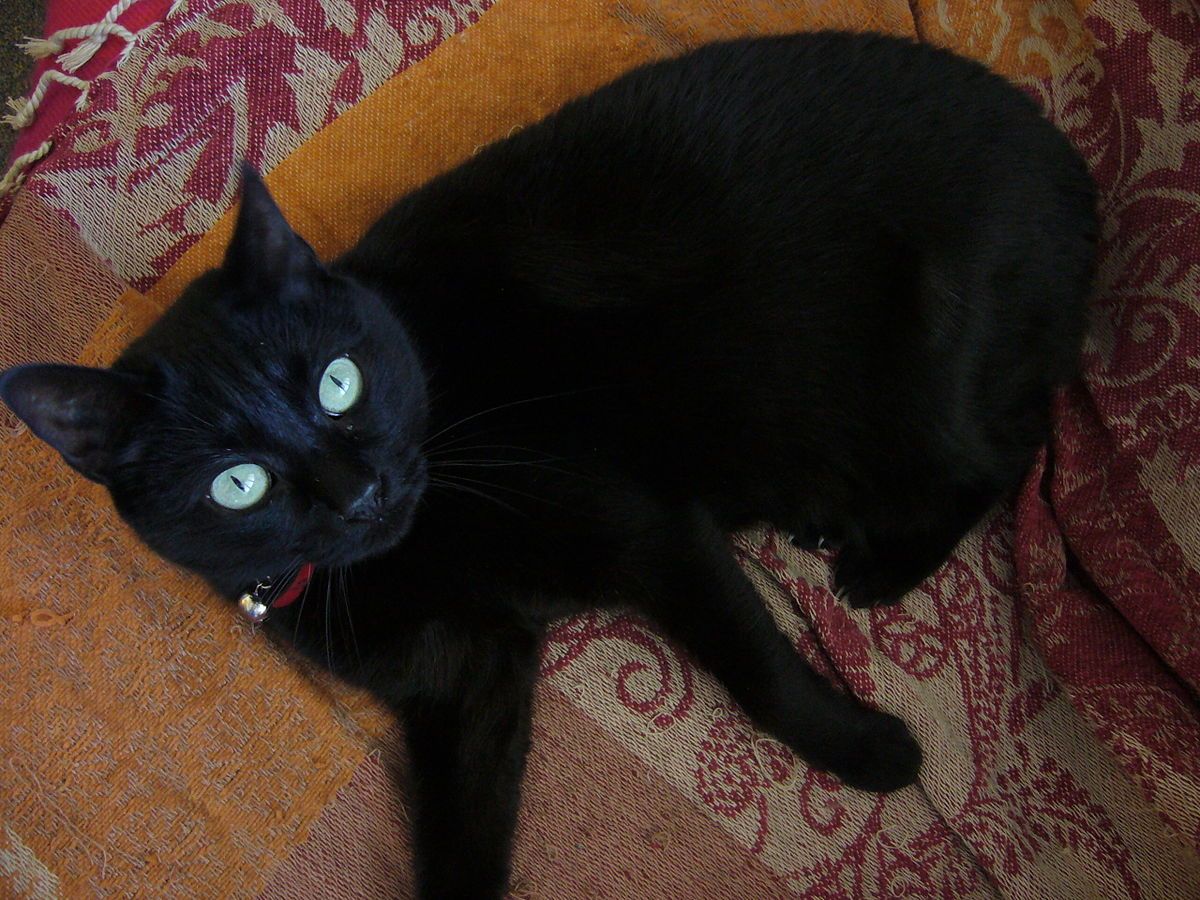Follow us on Google News (click on ☆)
The visual superiority of cats in low light stems from several anatomical peculiarities. First, their eyes contain a much higher proportion of rods, specialized cells for detecting dim light. By comparison, humans have more cones, responsible for color perception but less sensitive in the dark.
Result: a cat can see about six to eight times better than a human in low-light conditions.
Another advantage: the tapetum lucidum, a reflective layer located behind the retina. It acts like a mirror, bouncing light that has already passed through the eye back toward the rods. This mechanism enhances visual sensitivity and gives cats' eyes that characteristic green or golden glow when illuminated at night.
However, contrary to popular belief, cats cannot see in complete darkness. Like all animals, they need at least some light to distinguish shapes and movement. In a pitch-black room, their vision is just as limited as a human's.
In exchange for this excellent night vision, cats distinguish colors less well than humans. Their perception of hues is reduced, particularly in reds and greens. Their vision is thus better suited to detecting subtle movements than appreciating a vibrant color palette.
Cats are excellent crepuscular and nocturnal hunters, capable of moving easily in very dimly lit environments. But their famous "night vision" is primarily vision optimized for twilight, not a "magical" ability to see without light.
